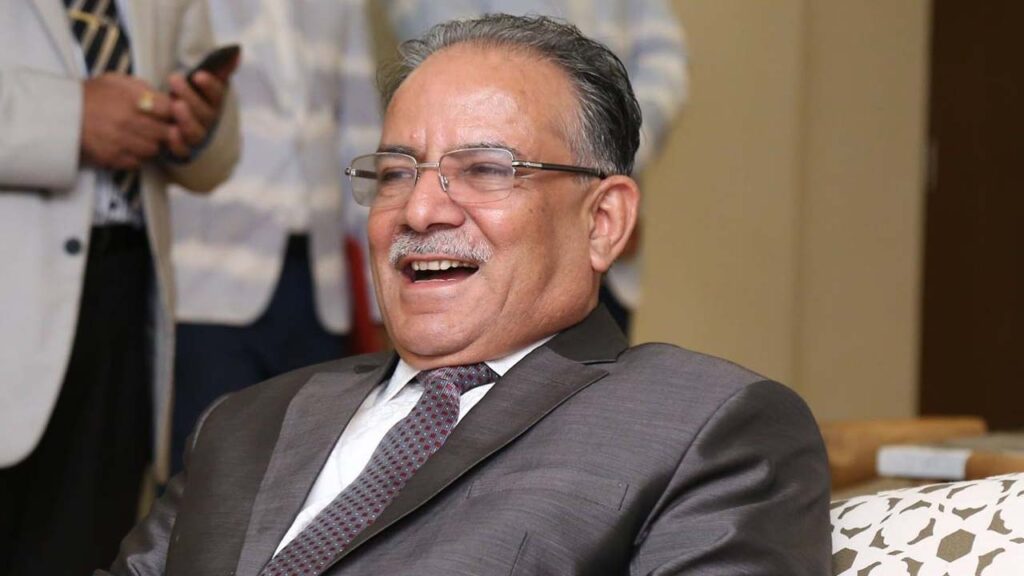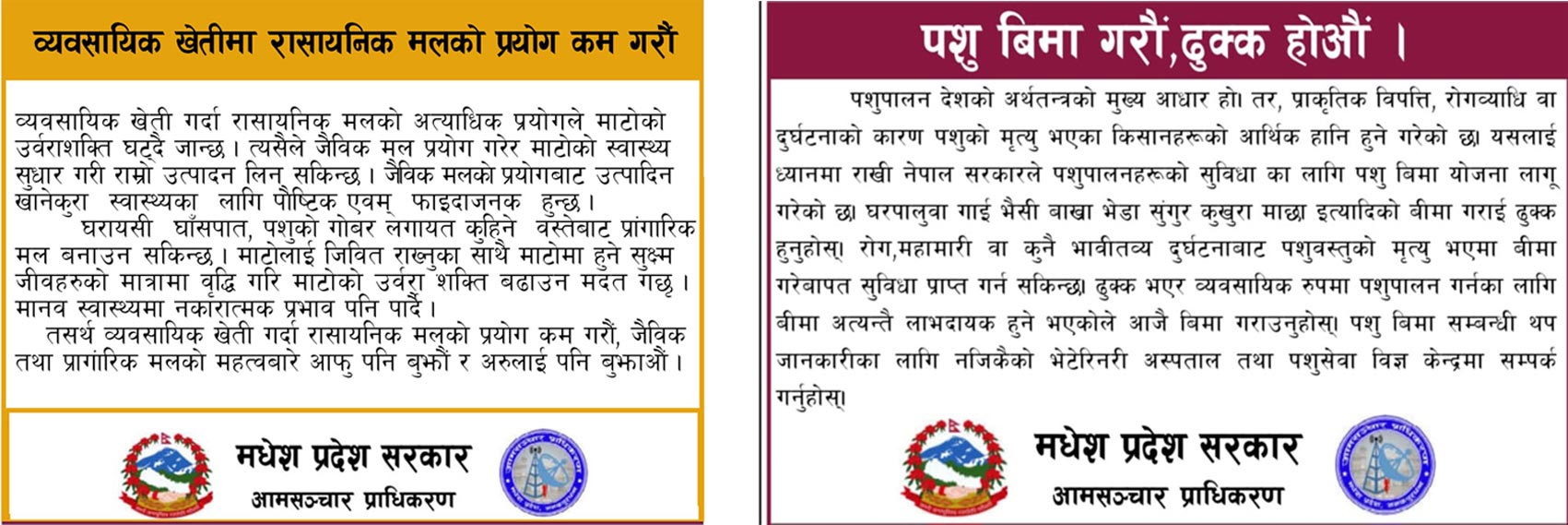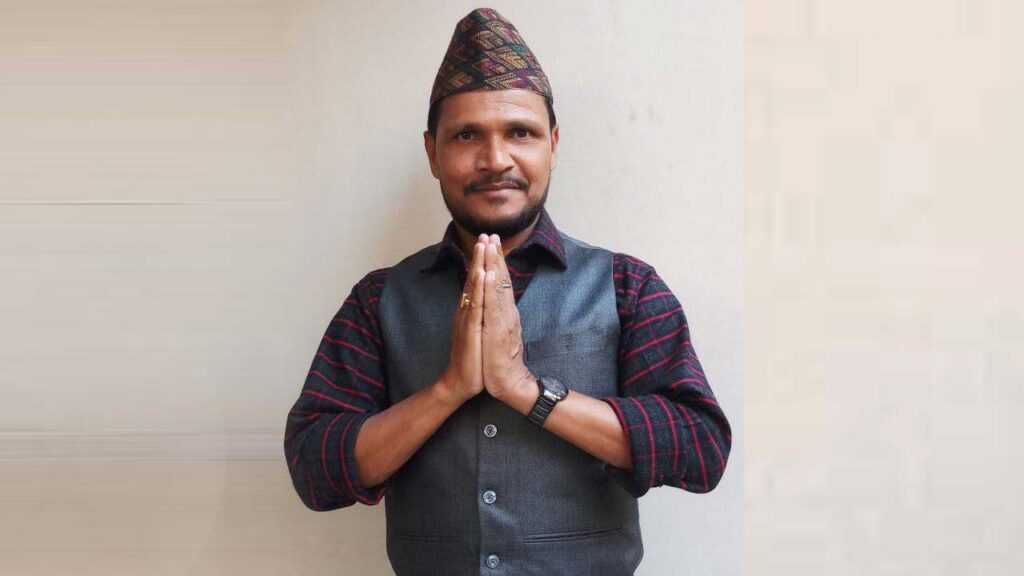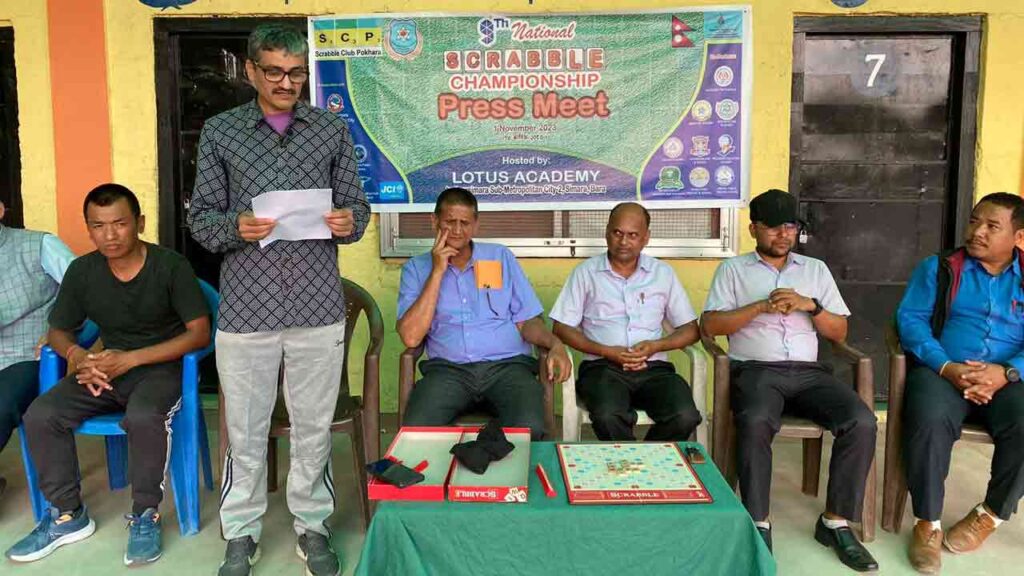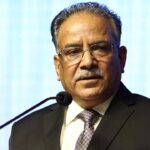
Pushpa Kamal Dahal (Prachanda), is a prominent Nepalese politician who has played a crucial role in shaping the country’s political landscape. Born on December 11, 1954, in Dhikur Pokhari, Kaski, Nepal, Dahal rose from humble beginnings to become a leading figure in Nepal’s political arena. Today, He remains a central figure in Nepalese politics, continuing to influence the direction of the nation with his vision for a more equitable and progressive society.
Dahal’s political journey began in the late 1970s when he joined the Communist Party of Nepal. However, it was in 1996 that he gained widespread recognition as the leader of the Maoist insurgency, a decade-long armed conflict aimed at overthrowing the monarchy and establishing a people’s republic. Under his leadership, the Maoists waged a guerilla war against the government, which eventually led to the abolition of the monarchy and the establishment of a federal democratic republic in 2008.
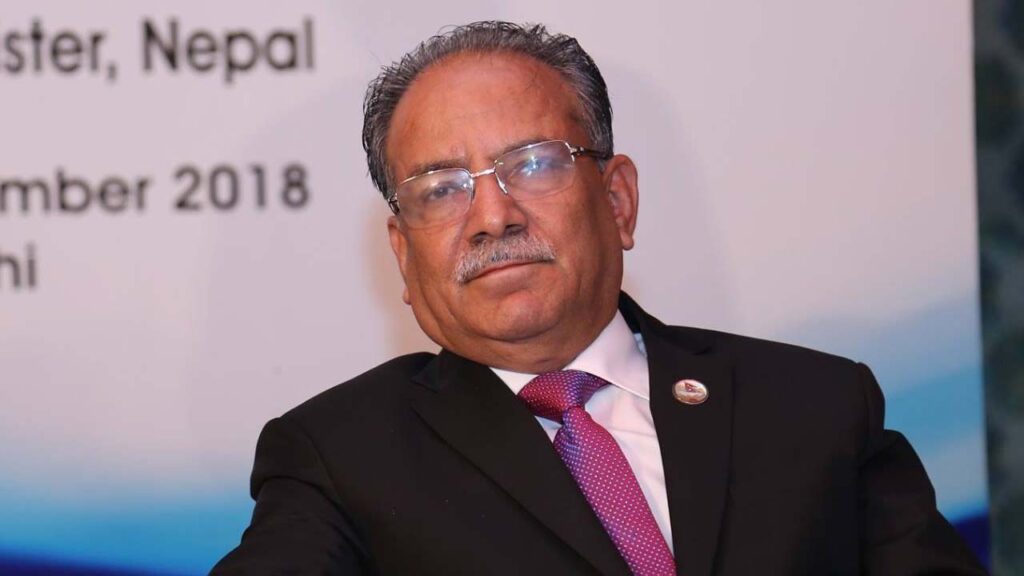
Pushpa Kamal Dahal (Prachanda) Biography
| Name | Pushpa Kamal Dahal |
| Nick name | Prachanda |
| Profession | Politician |
| Party | Communist Party of Nepal (Maoist-Centre) |
| Date of Birth | 11 December 1954 |
| Age | 70 Year (as of 2024) |
| Birth Place | Dhikur Pokhari, Kaski, Nepal |
| Current address | Kathmandu, Nepal |
| Nationality | Nepalese |
| Religion | Hinduism |
| Zodiac sign | Sagittarius |
| Hobbies | Reading |
| School | Not Known |
| College | Institute of Agriculture and Animal Science, Rampur, Chitwn |
| Academic Qualification | Bachelor of Agriculture and Animal Science |
Family & Relationship
| Marital Status | Widower |
| Wife/Spouse | Sita Dahal (Died) |
| Son | Prakash Dahal (Died) |
| Daughter | Gyanu Dahal KC (Died) Renu Dahal (Mayor of Bharatpur Metropolitancity) |
| Father name | Muktiram Dahal |
| Mother name | Bhawani Dahal |
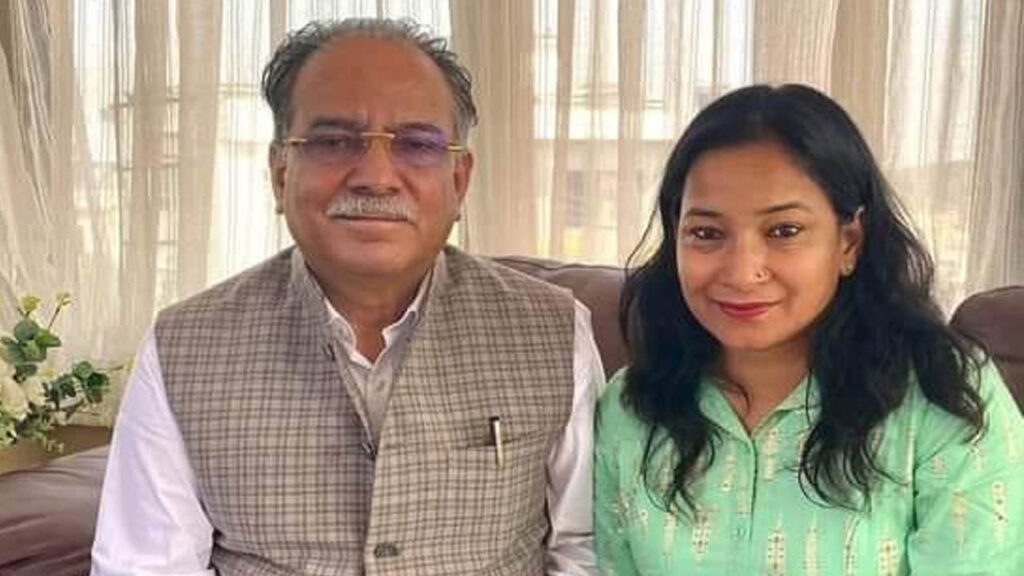
Physical appearance
| Height (approx) | 5.8 inches 1.73 meters 173 centimeters |
| Weight (approx) | 75 kilograms 165 pounds |
| Body measurement | Not known |
| Hair color | White |
| Eye color | Black |
Prachanda has a notable physical presence. Standing at approximately 5 feet 8 inches (1.73 meters), he has a solid build, weighing around 75 kilograms (165 pounds). His hair color is white, reflects his years of experience and leadership, while his sharp black eyes convey determination and resolve. Though specific body measurements are not publicly known, Dahal’s appearance is characteristic of a seasoned politician who has been through the rigors of both revolutionary and mainstream political life. His physical traits complement his strong persona as a leader.
Net worth & Assets
| Net worth (approx) | $1million to 5 million |
Political Career
Prachanda is a key figure in Nepal’s political history, known for his journey from a revolutionary leader to a major political force. Born on December 11, 1954, in Kaski, Nepal, Prachanda’s early political involvement began in the 1970s when he joined the communist movement. However, it was in 1996 that he truly made his mark by leading the Communist Party of Nepal (Maoist) in launching a decade-long “People’s War” against the monarchy. His leadership during this period was instrumental in rallying support for the Maoist cause, which aimed to overthrow the monarchy and establish a people’s republic.
The conflict, while brutal, eventually led to significant changes in Nepal’s political landscape. In 2006, the war ended with the signing of the Comprehensive Peace Accord (CPA), which brought the Maoists into mainstream politics and set the stage for Nepal’s transition from a monarchy to a republic. He was pivotal in this process, negotiating peace and integrating former Maoist fighters into the national army.
In 2008, following the abolition of the monarchy, He became Nepal’s first Prime Minister under the newly established Federal Democratic Republic. His first term was marked by challenges, including political disagreements and difficulties in integrating Maoist combatants, which ultimately led to his resignation in 2009.
Prachanda returned as Prime Minister in 2016, during which he focused on finalizing Nepal’s new constitution. The constitution, promulgated in 2015, established Nepal as a secular, federal republic, achieving one of the primary goals of the Maoist movement. Prachanda’s role in this transition cemented his legacy as a leader who not only led a revolution but also helped shape a new democratic Nepal.
Despite facing controversies throughout his career, Prachanda remains a significant figure in Nepalese politics, continuing to lead the Communist Party of Nepal (Maoist Centre) and influencing the country’s political direction. His journey from a guerrilla leader to a national leader is a testament to his enduring impact on Nepal’s modern history.
